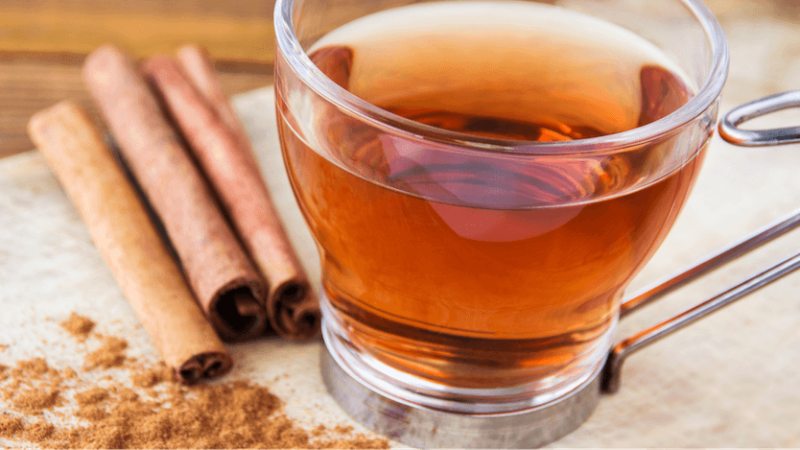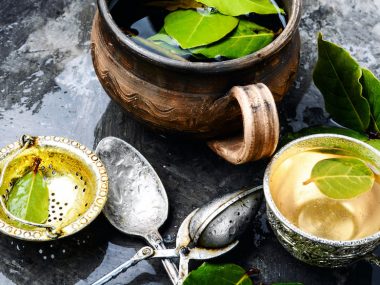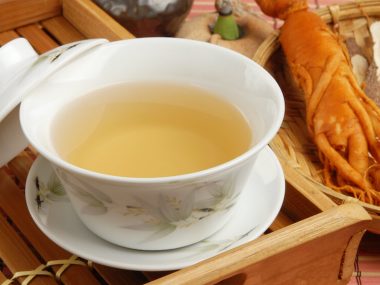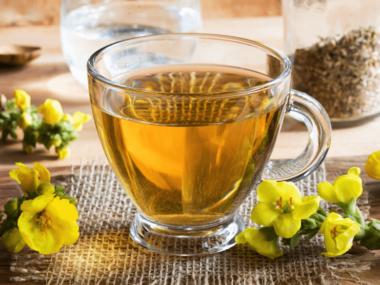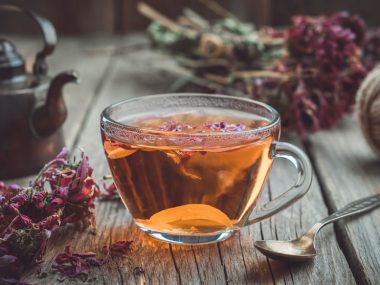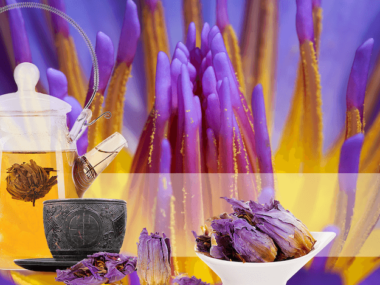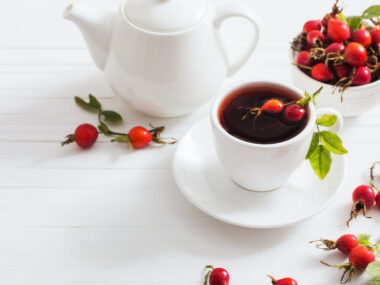Did you know that cinnamon tea you’ve been enjoying may not be the “real deal?” The key to this tea is the type of cinnamon that goes into making it! If you use the right type, you are going to reap many health benefits!
Table of Contents
What Is Cinnamon Tea?
Cinnamon tea is a base of black, oolong, or Pu’er tea with cinnamon chips tossed in to give it the cinnamon flavor. This tea is a delightful warm drink to have on those days when the cold goes to the bone.
True Cinnamon Tea Should Not Be Spicy Hot
A genuine tried and true cinnamon tea will always be naked in form aka without additives. It’s unfortunate that many cinnamon teas on the market have other ingredients mixed in to try ramping up the flavor to what’s marketed as “hot cinnamon.”
“Hot cinnamon” is synonymous with red hot candy, and many tea makers are trying to harness this flavor to market as “cinnamon tea.” Additives such as cinnamon oil, cloves, licorice, anise, and orange peel make their way into the tea base.
If a cinnamon tea’s ingredients list anything other than tea and Ceylon cinnamon, it’s not the real deal.
Cinnamon: The Spice Used For Cinnamon Tea
Cinnamon is a spice that comes from the bark of cinnamon trees. There are over 200 species of cinnamon. However, only four of them are okay for humans to consume. Cinnamon is sometimes confused with other spices that you can find in your local grocery store. However, if you know about the different types of cinnamon, you may want to reconsider your next purchase!
Cinnamon dates as far back as the Biblical era when Moses used cinnamon oil to anoint people. Egyptians prepared the dead by embalming their bodies with it. Romans utilized it for its medicinal benefits.
This spice was considered as valuable as precious gems as a rare, exotic spice that drove world trade. Today, “true” cinnamon (Cinnamomum zeylancum) is a tree grown in Sri Lanka. This cinnamon is known as Ceylon cinnamon. Other countries (Vietnam, Indonesia, and China) grow other types of species.
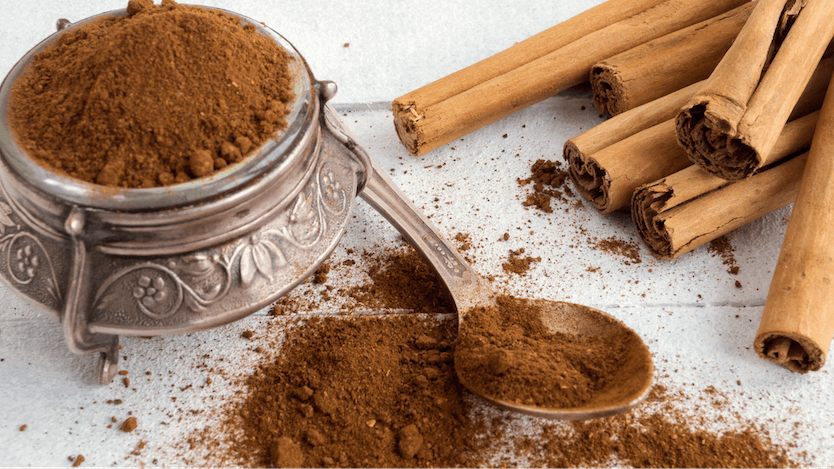
The Best Nutrient in Cinnamon
What most people don’t know is cinnamon contains a natural substance called coumarin. Coumarin is a natural blood thinner. It’s found in various foods and spices. Cinnamon is the leading source of human consumption of coumarin.
When consumed in very high doses, coumarin can be fatal or cause liver damage. A 195-pound adult would have to consume about 15 cups of cinnamon to suffer fatality due to coumarin. However, the likelihood of death from enjoying cinnamon-flavored foods and beverages is low.
Consumers who are aware of the dangers of coumarin in cinnamon often opt to buy what’s called “true” cinnamon rather than the low-end cinnamons out there on the market. How do you know which is the better type of cinnamon, especially if cinnamon tea comes pre-packaged with it? We’ll dig into that further down.
Types Of Cinnamon
There are four types of cinnamon used for human consumption. Ceylon cinnamon is the premium type and what’s called the only “true” cinnamon. All others are said to be low in quality and less flavorful.
|
Cinnamomum aromaticum Cassia |
Cinnamomum zeylanicum Ceylon |
Cinnamomum loureiroi Vietnamese |
Cinnamomum burmannii Indonesian |
|
A commonly used cinnamon that’s cheap to buy |
PREMIUM, the very best and the “true” cinnamon |
Less commonly used |
Less commonly used |
|
Origin: China |
Origin: Sri Lanka |
Origin: Vietnam |
Origin: Indonesia |
|
Coumarin: High |
Coumarin: Trace/low |
Coumarin: High |
Coumarin: High |
|
Color: red/brown (darker) |
Color: light brown |
Color: dark brown |
Color: dark brown |
|
Taste: spicy, bitter |
Taste: sweet |
Taste: spicy |
Taste: spicy |
Tracing The Origin Of Cinnamon In Cinnamon Tea
That lovely cinnamon tea you have enjoyed may be flavored with cinnamon oil. By adding oil to tea leaves, many tea makers achieve a desirable flavor. The downside to this version of cinnamon tea is you have no clue what the origin of that cinnamon is.
Some cinnamon teas may be labeled “organic,” which may be a marketing ploy to gain your trust. It’s important when selecting a true tea with true spices that you look at the labels carefully.
Ingredients for the cleanest, best cinnamon tea should only contain unadulterated tea and Ceylon cinnamon.
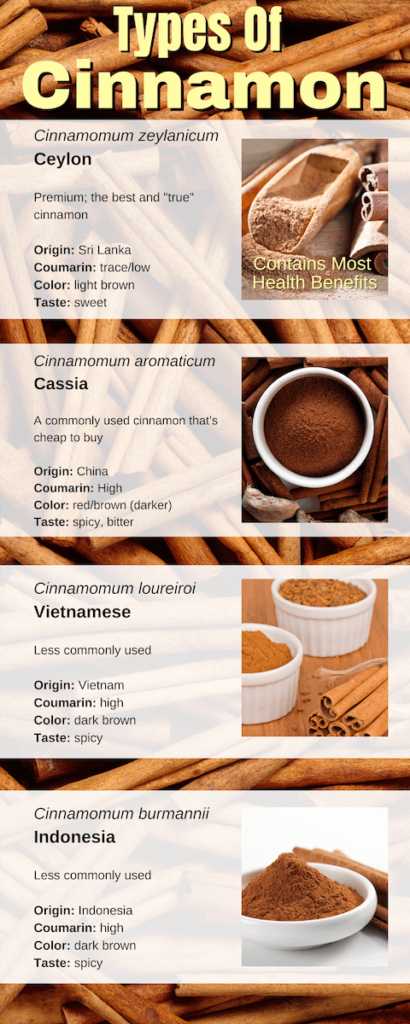
What Is Cinnamon Tea Good For?
If you had to choose a tea to curl up with on a cold day, it should be cinnamon tea. The familiar taste we know and love with cinnamon reminds us of Thanksgiving’s past and Grandma’s famous snickerdoodle cookies. The warming embrace found in a cup of this tea goes beyond reminiscing because of its benefits.
Is It Good To Drink Cinnamon Tea At Night?
Drinking any caffeinated tea after 6:00 pm may hinder getting a good night’s sleep. However, you can enjoy cinnamon tea made with decaffeinated tea before bedtime. Finding caffeine-free cinnamon tea may prove challenging, but you can make your own. Some consider a cup of this tea before bed to be valuable because you reap all the health benefits of cinnamon and tea while slumbering away.
Cinnamon Tea Benefits
When marrying cinnamon with tea, you get a double whammy of health benefits.
Relieves Arthritis, Joint Pain, And Other Inflammatory Conditions
The flavanoids, cinnamaldehyde, and ethanol in cinnamon were found to have anti-inflammatory benefits. These three components discourage our immune system from producing cytokines and other cells responsible for causing inflammation in our body. Those with arthritis, painful joints, rheumatoid arthritis, multiple sclerosis, and other inflammatory diseases can greatly benefit from cinnamon. The Ceylon cinnamon was found to be the strongest anti-inflammatory among all cinnamons.
Heart Health
Cinnamophilin (in cinnamon) inhibits certain diseases of the heart. It encourages smoother heart muscle cells to prevent atherosclerosis. Cinnamaldehyde induces the production of an enzyme (heme oxygenase) that causes inflammation of the heart. Furthermore, cinnamaldehyde reduces blood pressure by acting as a vasodilator and continues to act as a defense against blood pressure-related issues for those with diabetes.
Anti-Diabetic
Research found that cinnamon lowers blood sugar. In fact, it is 20x more potent at regulating insulin than any other spice. An intake of linalool (a compound in cinnamon) encourages better production and insulin secretion in people with diabetes. Talk to your healthcare provider about how you can incorporate cinnamon tea into your daily routine if you have diabetes.
Does Cinnamon Kill Viruses?
Five major constituents present in cinnamon include cinnamaldehyde, trans-cinnamaldehyde, cinnamic acid, eugenol, and the essential oil component. Trans-cinnamaldehyde was found to inhibit the flu virus (type A.) Researchers found that cinnamon proved effective before exposure and post-exposure to the flu.
Is Cinnamon Anti-Inflammatory?
Cinnamaldehyde is a compound found in cinnamon. This compound has a proven ability to inhibit the body from producing antagonists that cause inflammation (lipopolysaccharide-induced nitric oxide and NF-kappa B.) Cinnamaldehyde was deemed as an anti-inflammatory agent. Various inflammatory conditions easily benefit from a cup of cinnamon tea. Conditions such as rheumatoid arthritis, osteoarthritis, allergies, immunosuppression, hepatitis, and more will undoubtedly benefit from cinnamon’s powerhouse of anti-inflammatories.
Is Cinnamon Tea Good for Flu?
Cinnamon has proven to be very effective at preventing influenza-A. Four compounds (polysaccharides, terpenoids, flavones, phenols) found in cinnamon act as a preventative towards the flu. By drinking a good quality (premium) Ceylon cinnamon tea, you build up your defense against the flu and potentially other viruses.
But make sure you consult your healthcare provider before you reach for a daily cup of cinnamon tea to make sure it won’t interact with any medications you are taking.
How To Make Cinnamon Tea
To enjoy the absolute best cup of cinnamon tea, it’s best to start from scratch rather than pop a teabag of the unknown substance into your teacup. Remember, that tea you bought online or off the shelf in the grocery store may say it’s cinnamon tea, but it could be a flavored version of a blend of teas.
The “Real Deal” Cinnamon Tea Recipe
Yield: 2 cups
Things You’ll Need
- ½ tsp. freshly ground Ceylon cinnamon stick
- 5 cups of filtered or bottled water
- 2 tsp. loose tea (black, oolong, or Pu-er)
- Tea strainer/infuser
- Electric Kettle
- Teapot
- ¼ tsp. raw/unfiltered honey
Directions
- Warm your water in the kettle.
- Tip: If you use black tea, bring your water to a boil. If you use oolong, warm it until it reaches 190 degrees (F.)
- Place your loose leaf tea in the tea strainer/infuser.
- Bathe your teapot and teacup with your hot water. The warming of the teapot/teacup makes it more receptive to receiving hot water.
- Pour the hot water into the teapot (or teacup) and place the tea strainer/infuser into the water. Cover and let steep.
- Tip: Black tea should be steeped for 4-6 minutes. Oolong tea should steep for 5-8 minutes.
- Remove the tea strainer/infuser.
- Add the cinnamon and stir well.
- Add the honey and stir well.
- Enjoy!
Tip: For apple-cinnamon tea, add some diced apples to your hot water while your tea is steeping.
A Tea Well Worthy Of Drinking
Cinnamon tea is certainly a highly beneficial tea to enjoy if it’s the real deal. Remember that Ceylon cinnamon is the key to a good cinnamon tea, as is a black, oolong, or Pu-er tea base. A cup a day just may keep the doctor away!
